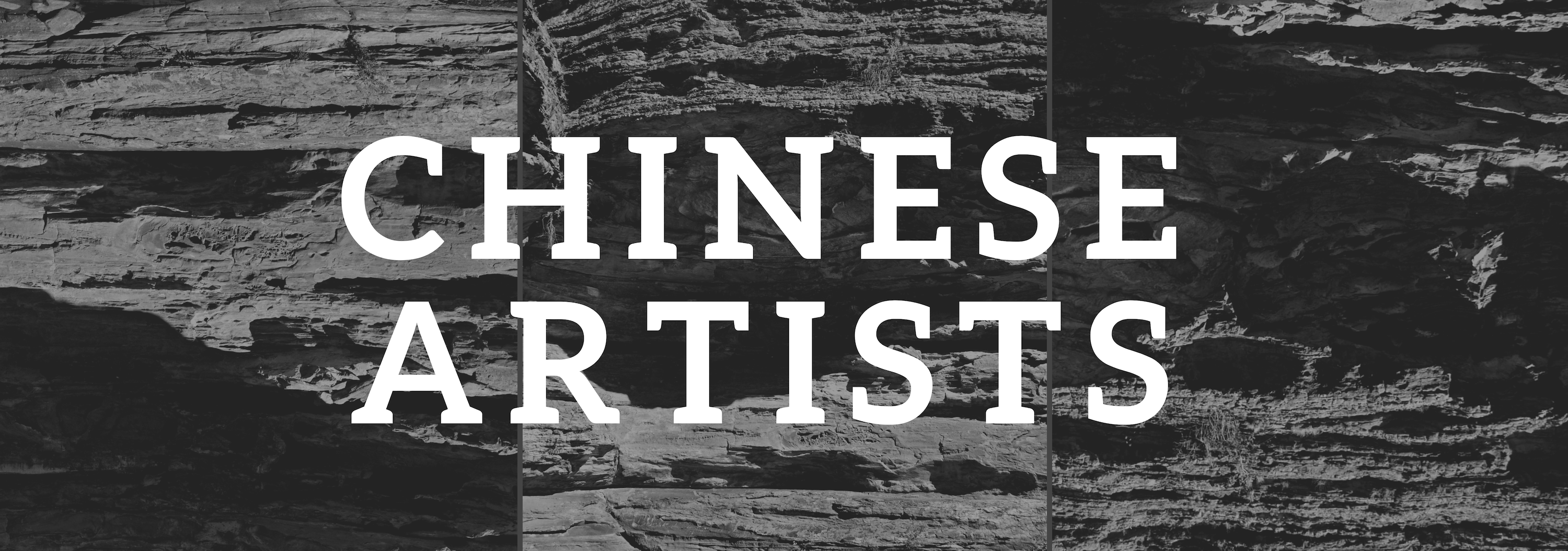Our group was tasked to look for Chinese artists and their art statements. From this activity, I have gained appreciation for the Chinese art culture and for the diversity of art in general.
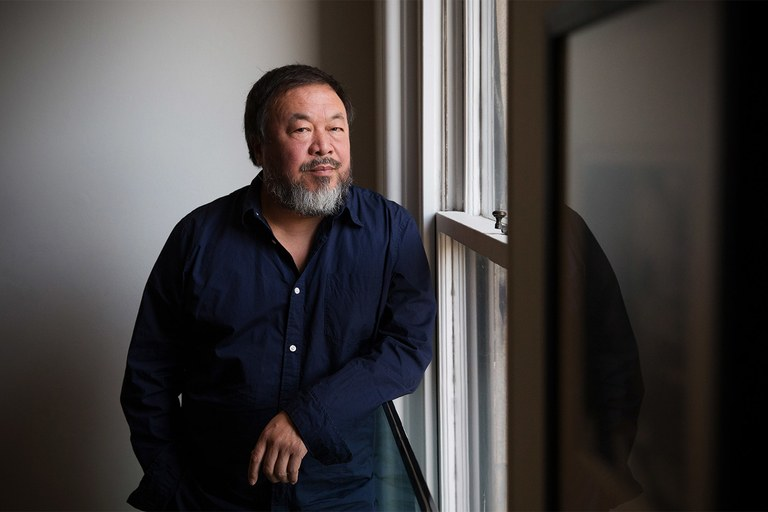
ai wei wei
Chinese artist and activist who focused on violation against human rights and freedom of expression. He disregards society’s judgment as long as he can express meaningful content and contributions. His art, which is affected by his and his family’s political struggles, is used to push for his causes and advocacies.
“I re-evaluated different forms of expression and how considerations of aesthetics should relate to morality and philosophy.”
“I am able naturally to conceive of works that confront the accepted ethical or aesthetic views. I’ve always believed it is essential for contemporary artists to question established assumptions and challenge beliefs. This has never changed.”
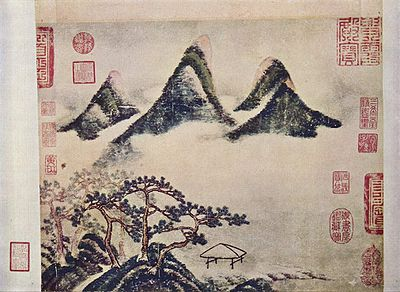
mi fu
Pictured above is Mountains and Pines in Spring, a work of Mi Fu pr Mi Fei. He is a Chinese painter, poet and calligrapher. Critics claimed that only Mi Fu can imitate the style of the great calligraphers of the six dynasties. To Mi Fu, landscape painting is superior to every other kind of painting.
“They place their pictures in brocade bags and provide them with jade rollers as if they were very wonderful treasures, but when they open them one cannot but break out into laughter.”
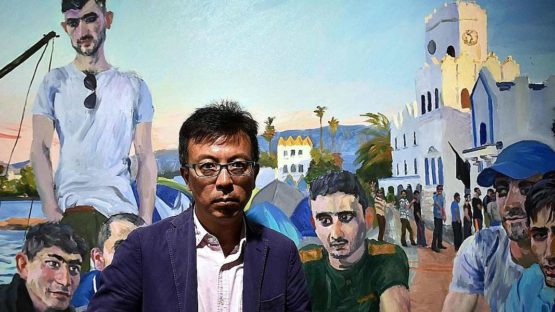
LIU XIAODONG
For him, everything comes about as a consequence of his being present at a specific place, within a given period of time, and in circumstances that allow him to almost forensically conceive of new works. Xiaodong’s objective is to positively generate a new canon of work, in places damaged and devastated by natural disaster and man-made adulteration
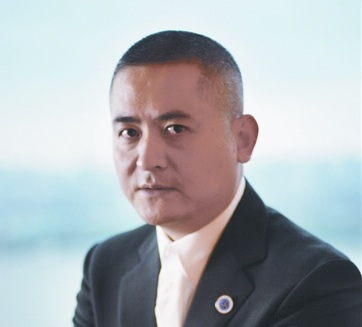
Zeng Fanzhi
Chinese Contemporary painter and known for his expressionist paintings loaded with psychological and political overtones. He studied oil painting at the Hubei Academy of fine arts where he was strongly influenced by German expressionism.
According to his teacher, he had to paint according to very strict guidelines, the colors had to represent what the subject really looked like in real life. But he did not want to follow the guidelines because he thought if he did, he would be fenced in by them and there would be no way to explore creativity through his feelings.
“I would pay special attention to the rhythm and the spirit of the brush stroke with the belief that each stroke has its own movement and its own internal beauty”
“I like designing gardens, and to do that, you have to have a certain appreciation for the natural beauty of things like stones and plants”
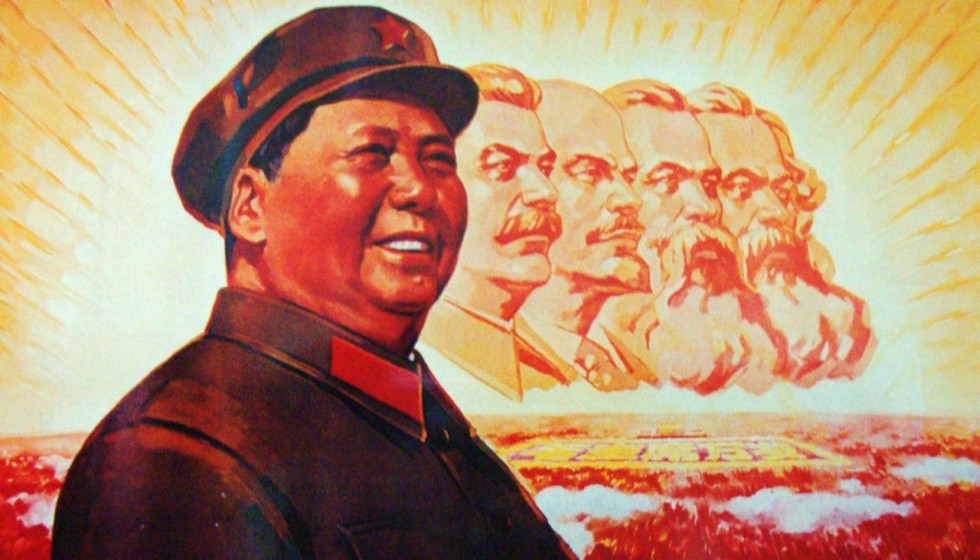
mao zedong
Mao Zedong’s works include poems such as Militia Women and The Warlords Clash
“All our literature and art are for the masses of the people, and in the first place for the workers, peasants and soldiers; they are created for the workers, peasants and soldiers and are for their use.”
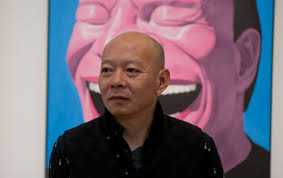
Yue minjun
He is a contemporary Chinese artist known for his inventive take on self-portraiture. Best known for oil paintings depicting himself in various settings, frozen in laughter.
Yue’s brightly colored depictions of maniacally laughing figures are influenced both by Pop Art and Surrealism. His works act as a tacit form of social and political critique which deals with both Chinese history and the Western canon of art.
“What was important to me was the creation part of painting. But it seems that something has changed. Maybe it’s the way money is becoming more important in society.”
“The first step,” he stated, “was to create a style to express my feelings accurately, starting with something that I knew really well —myself.”
